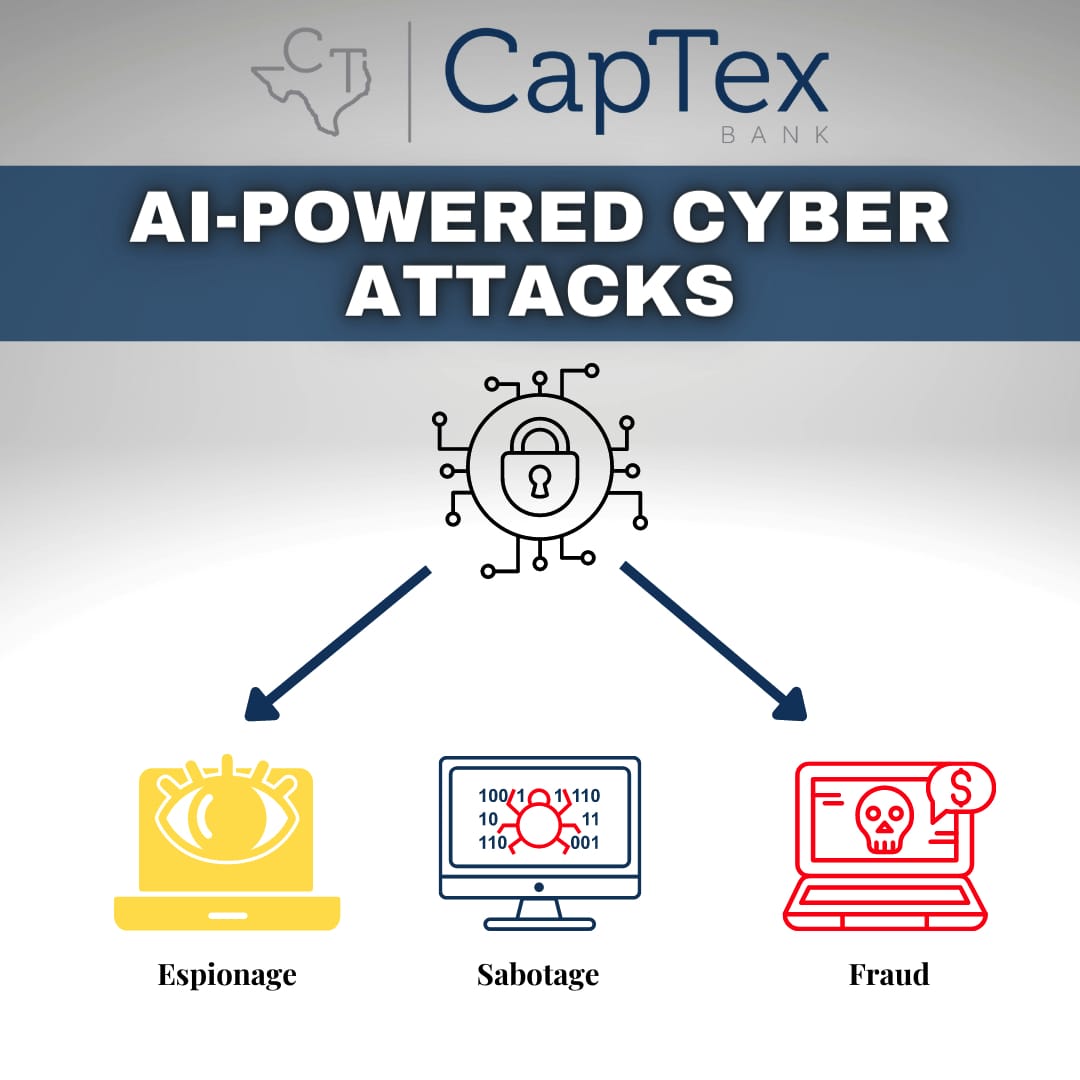AI-Powered Attacks
Artificial intelligence (AI) has created new possibilities for business organizations to have the ability to automate and augment human intelligence transforming their operations, adopting new business models, understanding customer behavior and predicting cyberattacks.
Unfortunately, AI has also empowered cybercriminals. The bad guys are becoming more and more sophisticated in their attack mechanisms and as intelligent machines evolve, we must anticipate future software programs that are smart enough to understand how to analyze all possible vectors of attack, finding loopholes in IT networks, launching large-scale Denial of Service (DoS) attacks, countering the limited security capabilities of an average organization and all while remaining undetected.
What would an Artificial Intelligence-Powered (AI-Powered) attack look like? The system used by the cyber attacker could be smart enough to figure out every single person working or being serviced by your company – perhaps they gain this information by trawling through LinkedIn data. The program could then attack each one of their home networks and await their connection back to the corporate network. No matter what type of authentication, VPNs, or firewalls are in place, the planted program simply would traverse the network, locate its target and disrupt, steal, or destroy.

How can we protect ourselves from threats that have no morals, no boundaries, and no concern over the damage dealt? By planning your defense and here are a few items to consider in doing so:
- Know your code – Your software must be free of bugs, malware, and behavioral anomalies. Anti- Virus signature scans are simply not enough, as they only look for what is known. Being aware is the first step in prevention.
- Get back to basics – The human element is our weakest link, therefore; policies need to be practiced and enforced. Some of the largest hacks have been successful via painfully preventable methods, such as random USB drives being plugged into company computers. Despite cybersecurity training, people continue to click on phishing emails. Reduce your risks by training, over and over and over…
- Monitor logs – Monitor and detect threats and look at the behavioral anomalies frequently (do not wait months or years to monitor).
Developing an understanding of what machine learning means and how cyber-attacks are performed will allow you to better prepare your systems.

